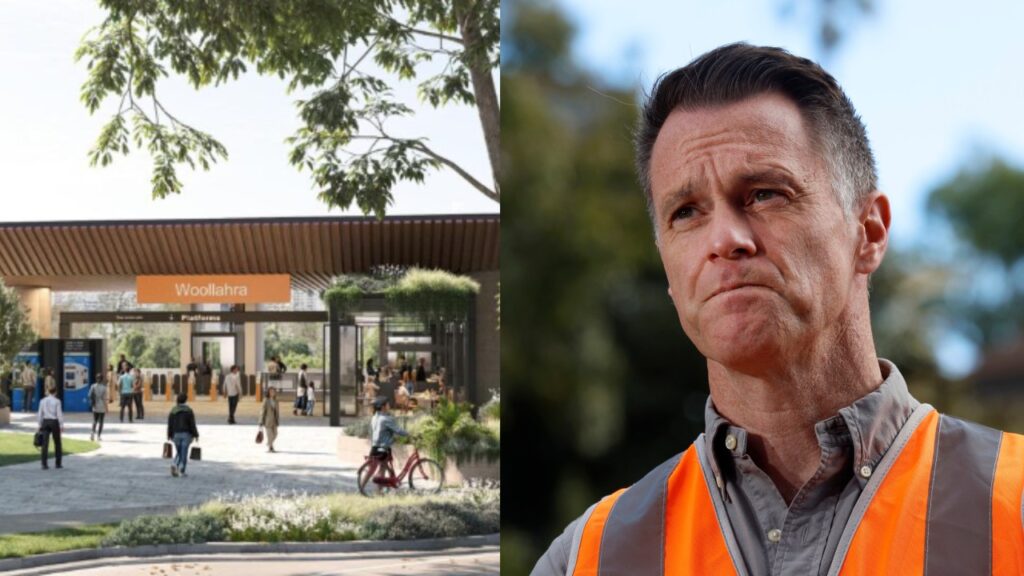
New South Wales Premier Chris Minns has announced a significant housing initiative aimed at addressing the pressing housing shortage in Sydney’s eastern suburbs. This plan, revealed on Sunday, includes the construction of a new train station in Woollahra and provisions for 10,000 new homes in the area. The announcement places the affluent eastern suburbs at the forefront of the government’s housing agenda.
The new Woollahra train station, which has remained dormant for over 50 years, will allow residents to reach the central business district (CBD) in under eight minutes. Originally proposed as a stop on the eastern suburbs rail line, the station was shelved in the 1970s due to significant opposition from local activists. Despite trains passing through the area, the station has not been operational, leaving it surrounded by high-value properties and amenities.
Chris Minns and Rose Jackson, the Housing Minister, emphasized that this project represents the first significant addition to Sydney’s heavy rail network in over a decade. They believe that the new station will not only enhance public transport but also facilitate the construction of thousands of new homes amid a current housing supply crunch.
“We have a responsibility to ensure young people and families in NSW can afford to live in Sydney,” Mr Minns stated. “This new train station will help deliver up to 10,000 new homes right here in the heart of Sydney, close to jobs, public transport, green space, and essential services.”
Details of the Project and Future Plans
Construction of the Woollahra train station is scheduled to begin in 2027 and is expected to be completed by 2029. The government plans to rezone an area of up to 800 metres around the station, which will pave the way for the development of the 10,000 new homes. Additionally, there are plans to rezone the nearby Edgecliff station area, allowing for buildings up to 21 floors high.
While the project has received support from the government, Mr Minns acknowledged that it may face resistance from local residents. “It’s a decision that won’t be met with universal happiness in the local community,” he admitted. “But the alternative is that we tell the next generation of young Australians that they do not have a future in this city because there’s no housing available.”
The zoning proposals are expected to take around two years to finalize. Mr Minns indicated that the government does not yet have a clear estimate of the number of high-rise buildings required to accommodate the 10,000 dwellings. “We will obtain estimates during the rezoning master planning process,” he noted.
To finance the construction of the train station, the NSW government hopes to implement a strategy known as “value capture” on increased land values. This will involve charging property developers a fee per home built in the area, which takes advantage of the anticipated rise in land value following the station’s construction.
Community Response and Broader Context
The government anticipates that the new homes will begin to become available approximately 10 to 15 years after the Woollahra station is completed. Rose Jackson reaffirmed the government’s commitment to delivering affordable housing as part of the development, although specifics regarding the percentage of affordable units have not yet been disclosed. The initiative has been met with criticism, particularly from local leaders such as Sarah Swan, the Mayor of Woollahra. She previously described the government’s density reforms as “lazy and ill-informed.”
Compounding the complexity of the housing issue, the NSW government is currently striving to meet a target of constructing 377,000 new homes by 2029, a goal it is presently estimated to be approximately 185,000 homes short of achieving. As the government embarks on this ambitious plan for Woollahra, it faces the challenge of balancing community input with the pressing need for housing in one of Australia’s most dynamic cities.







